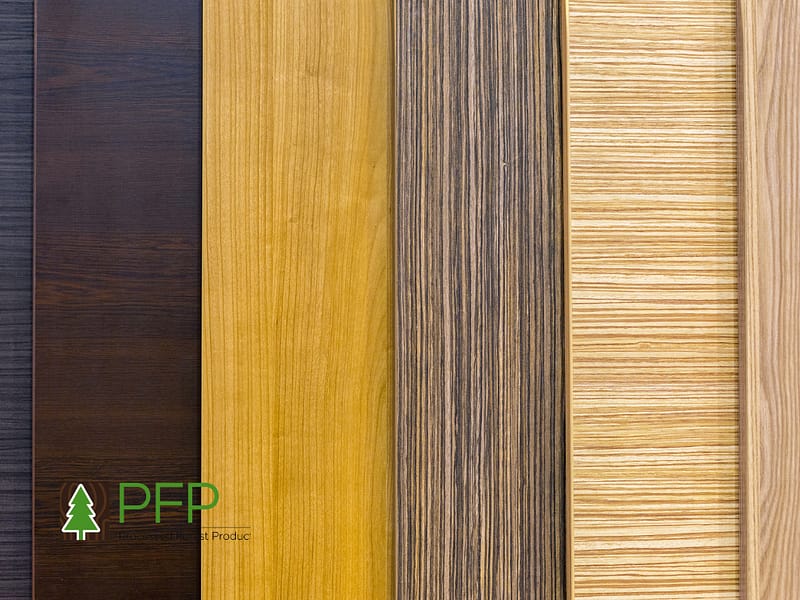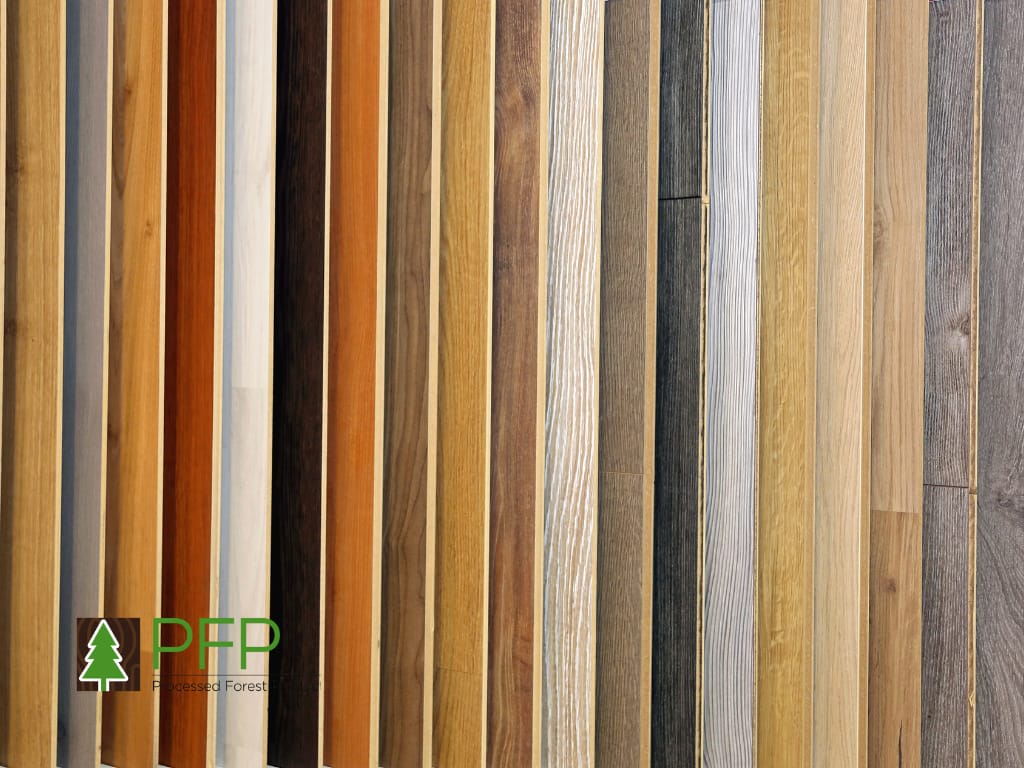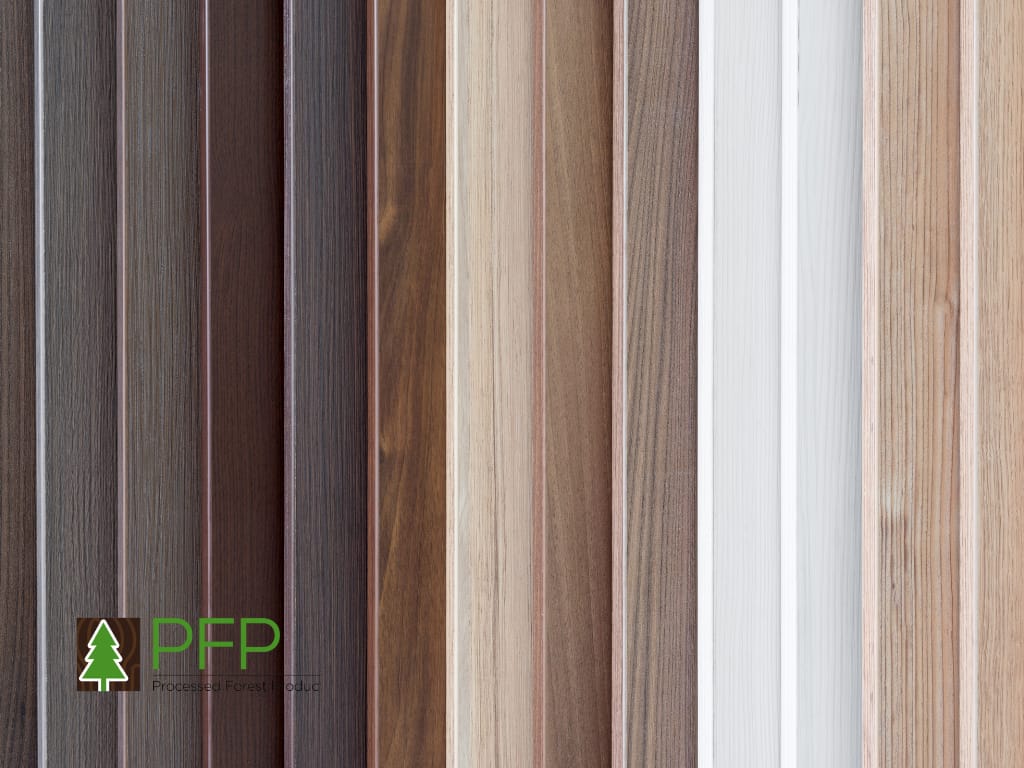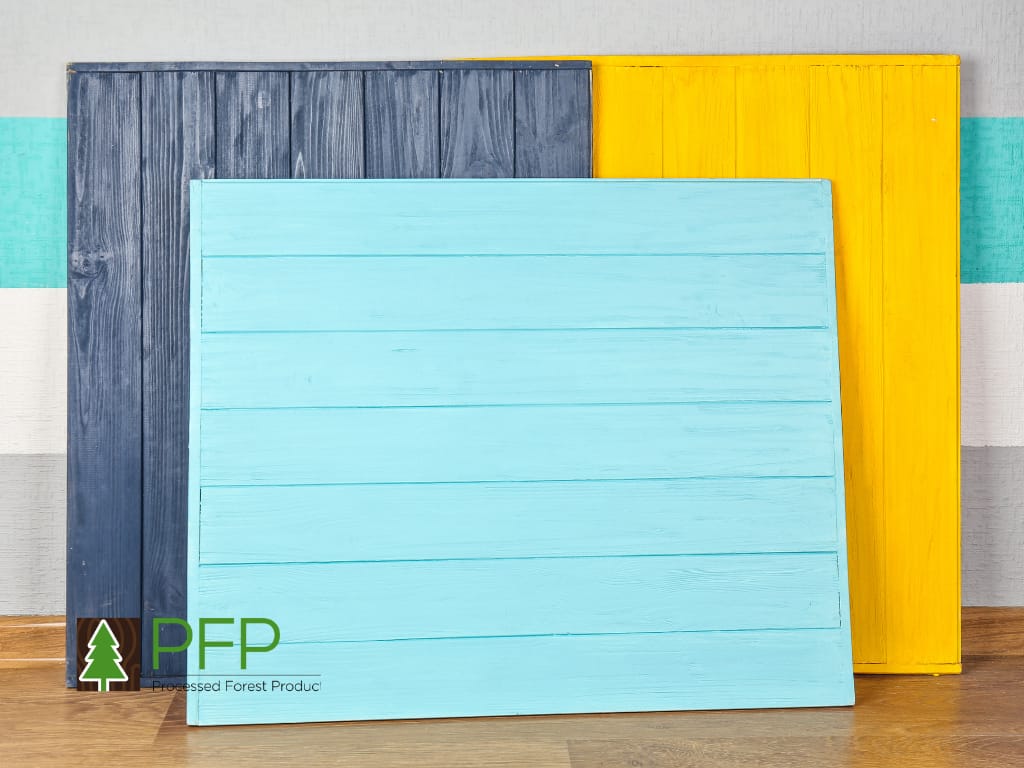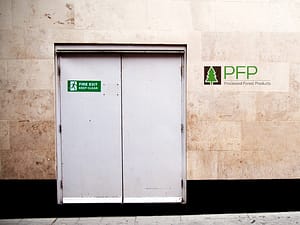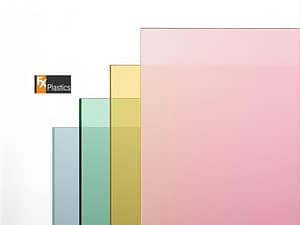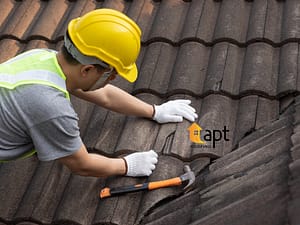Customizing burl veneer and timber wood panels allows for unique and personalized designs, enhancing both the aesthetic and functionality of spaces. Tailoring these materials to specific requirements ensures that they meet the exact needs of any project, from residential interiors to commercial installations.
Overview of Customization Options
Customization options range from specific veneer cuts and patterns to custom sizes and finishes for timber panels. These options enable designers and architects to create bespoke pieces that fit seamlessly into their design visions.
Custom Veneer Cutting
Techniques for Custom Cutting Burl Veneer
Custom cutting techniques include laser cutting, CNC routing, and traditional woodworking methods. These techniques ensure precision and accuracy, allowing for intricate designs and detailed patterns.
Laser cutting uses a high-powered laser to precisely cut the veneer into intricate shapes and designs. This method is particularly useful for achieving fine details and clean edges. CNC routing involves using computer-controlled machinery to cut and shape the veneer, allowing for highly detailed and consistent patterns. Traditional woodworking methods, such as hand-cutting with specialized tools, are also used for custom cuts, particularly for bespoke or artisanal projects.
Advantages of Custom-Cut Veneer
Custom-cut veneer provides a perfect fit for any application, reduces waste, and enhances the visual appeal of the final product. It also allows for greater flexibility in design, accommodating unique shapes and sizes.
Custom-cut veneer can be tailored to specific dimensions, ensuring a precise fit in various applications, from furniture to wall panels. This reduces material waste, as each piece is cut to the exact required size. Moreover, custom-cut veneer enhances the overall aesthetic of a project, allowing for intricate designs and patterns that standard veneer cannot achieve.
Designing Custom Timber Panels
Factors to Consider in Custom Panel Design
When designing custom timber panels, consider factors such as the type of wood, grain pattern, color, and finish. These elements play a crucial role in the overall look and feel of the space.
The type of wood selected for the panels will determine the grain pattern and natural color. Some woods have more pronounced grain patterns, while others are more subtle. The color of the wood can range from light to dark, and can be further enhanced with stains or finishes. The finish applied to the wood can also impact its durability and appearance, with options ranging from matte to high gloss.
Popular Design Trends
Current trends in custom timber panels include the use of reclaimed wood, mixed materials, and textured finishes. These trends highlight the natural beauty of wood while adding a modern twist.
Reclaimed wood is popular for its sustainability and unique character. Mixed materials, such as combining wood with metal or glass, create a contemporary look. Textured finishes, such as rough-sawn or wire-brushed surfaces, add depth and interest to the panels. These trends allow for creative and distinctive designs that stand out.
Customization Process
Initial Consultation and Design Planning
The customization process begins with a detailed consultation to understand the client’s needs and design preferences. This involves discussing the specific applications of burl veneer and timber wood panels, the desired aesthetic, and any functional requirements. Following the consultation, detailed planning and design mock-ups are created to visualize the final product. These mock-ups help clients see how their choices will look and function in their space, ensuring that the design aligns with their vision.
Production and Quality Control
Once the design is approved, the production phase begins. This involves precision cutting, assembling, and finishing the burl veneer and timber panels. State-of-the-art equipment and skilled craftsmanship are employed to ensure high-quality results. Quality control is a crucial part of this phase, with thorough checks conducted at every stage to ensure that the final product meets the highest standards of durability and aesthetics. Any imperfections are addressed immediately to maintain the quality and integrity of the materials.
Applications of Customized Burl Veneer and Timber Panels
Residential Applications
In residential settings, customized burl veneer and timber panels are often used for high-end furniture, cabinetry, wall panels, and flooring. These materials add a touch of luxury and elegance to homes, with their unique grain patterns and rich colors enhancing the overall aesthetic. They are particularly popular in living rooms, kitchens, and bedrooms where design and functionality are paramount. Customized pieces can also be tailored to fit specific architectural features or personal preferences, making each piece unique.
Commercial and Industrial Uses
In commercial and industrial environments, customized burl veneer and timber panels are used to create professional and aesthetically pleasing spaces. These materials are commonly found in office interiors, retail spaces, and hospitality settings, where their durability and visual appeal can withstand heavy use. They contribute to a sophisticated atmosphere, impressing clients and customers. Additionally, customized panels can be designed to incorporate branding elements or specific functional requirements, such as acoustic properties or enhanced durability for high-traffic areas.
Choosing the Right Materials
Selecting the Best Burl Veneer
When choosing high-quality burl veneer, it is important to consider factors such as grain pattern, color consistency, and thickness. Premium burl veneers offer superior beauty and durability, with intricate grain patterns that add visual interest. The color should be consistent across the veneer sheets to ensure a uniform appearance. Additionally, the thickness of the veneer should be appropriate for the intended application, providing enough material to work with without compromising on strength or flexibility.
Choosing Appropriate Timber Wood Panels
Selecting the right timber wood panels involves evaluating the application, desired aesthetic, and budget. Common options include plywood, MDF (Medium-Density Fiberboard), and solid wood panels, each offering different benefits. Plywood is known for its strength and versatility, making it suitable for a wide range of applications. MDF offers a smooth surface ideal for painting or veneering, while solid wood panels provide a natural, high-quality appearance but may come at a higher cost. Consideration of these factors ensures that the selected panels meet both functional and aesthetic requirements.
Sustainability in Customization
Eco-Friendly Practices in Custom Veneer and Panel Production
Sustainable practices in the production of burl veneer and timber wood panels are crucial for minimizing environmental impact. These practices include:
- Using Certified Wood: Sourcing wood from forests certified by organizations such as the Forest Stewardship Council (FSC) ensures that the timber is harvested responsibly, promoting sustainable forest management.
- Minimizing Waste: Implementing processes that reduce waste during production, such as optimizing cutting patterns and using off-cuts for other products, helps in conserving resources.
- Employing Eco-Friendly Finishes: Using water-based or low-VOC (volatile organic compounds) finishes reduces the emission of harmful chemicals, making the final product safer for both the environment and human health.
ertifications to Look For
When selecting burl veneer and timber wood panels, it is essential to look for specific certifications that guarantee the sustainability of the materials:
- FSC (Forest Stewardship Council): The FSC certification ensures that the wood comes from responsibly managed forests that provide environmental, social, and economic benefits.
- PEFC (Programme for the Endorsement of Forest Certification): Similar to FSC, PEFC certification promotes sustainable forest management through independent third-party certification.
Enhancing Aesthetic and Functionality
Recap of Customization Benefits
Customizing burl veneer and timber wood panels offers numerous benefits:
- Tailored Designs: Customization allows for designs that perfectly match the client’s vision, ensuring unique and personalized spaces.
- Enhanced Aesthetics: Custom-cut veneer and timber panels can highlight the natural beauty of wood, adding elegance and character to any interior.
- Increased Functionality: Tailoring the materials to specific needs ensures that they meet functional requirements, whether for residential or commercial applications.
Future Trends in Customizing Burl Veneer and Timber Panels
Looking ahead, several trends are likely to shape the future of customizing burl veneer and timber wood panels:
- Advancements in Digital Design Tools: The use of advanced digital tools for design and customization will continue to grow, enabling more precise and innovative designs.
- Greater Emphasis on Sustainability: As environmental concerns become more prominent, the demand for sustainably sourced and produced materials will increase.
- Integration of Smart Technology: Incorporating smart technology into wood products, such as embedded sensors for monitoring conditions, will expand the possibilities for customization and functionality.

